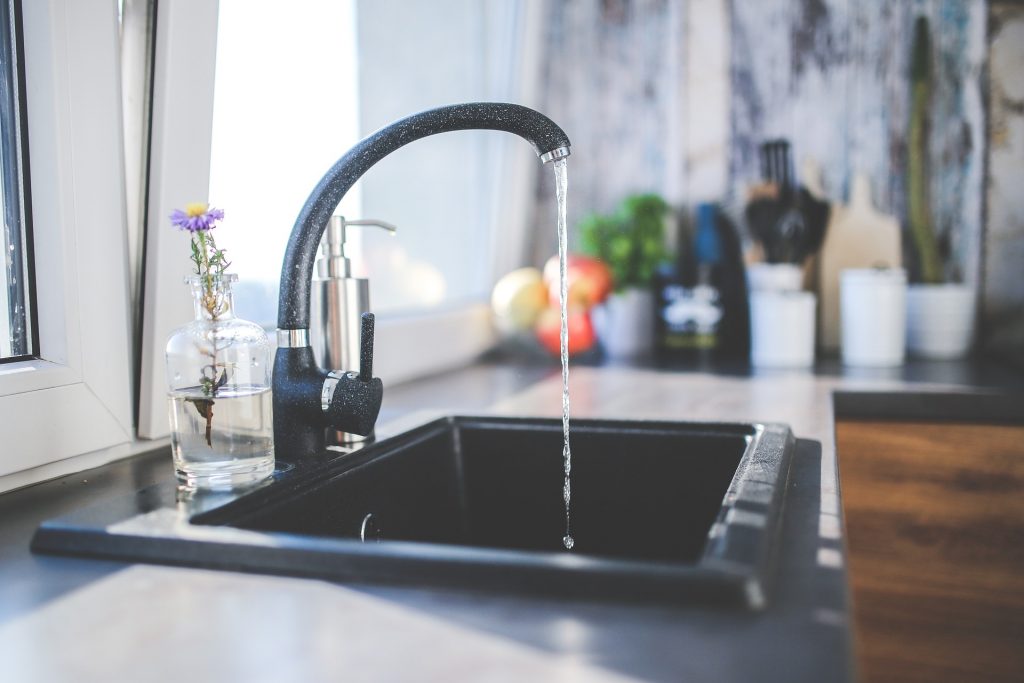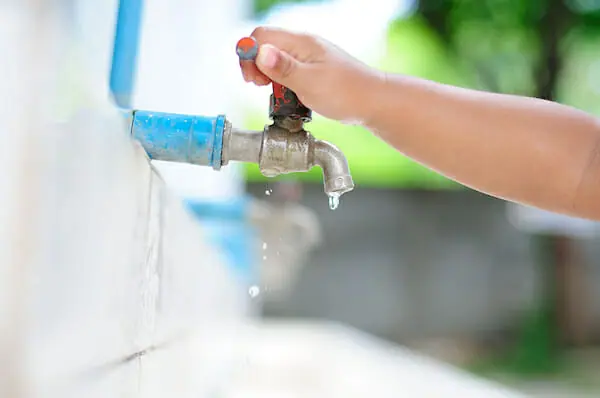
Water Saving Ideas for Schools: Tech Solutions and Strategies
Share
With the growing concern over climate change and water scarcity, schools around the world are seeking innovative water saving ideas to contribute to a sustainable future. By integrating technology into conservation efforts, educational institutions can play a significant role in reducing water consumption and educating future generations about the importance of this vital resource.

Why Schools Should Focus on Water Conservation
Schools are not only places of learning but are also community hubs that consume considerable quantities of water daily. By adopting water saving ideas for schools, these institutions can significantly reduce their environmental footprint. With the help of tech-savvy professionals and enthusiasts, schools can implement advanced solutions that go beyond traditional methods.
Incorporating IoT for Efficient Water Management
The Internet of Things (IoT) offers a plethora of opportunities for effective water management in schools. Smart sensors can be installed to monitor water usage in real-time, providing valuable data to identify leaks and inefficiencies. By leveraging IoT solutions, schools can optimize water usage and make informed decisions about water conservation systems.
Smart Irrigation Systems
Outdoor areas such as school gardens and sports fields can benefit immensely from smart irrigation systems. These systems use weather data and soil moisture levels to adjust watering schedules automatically, ensuring that plants receive just the right amount of water. By reducing wastage, schools can save money and conserve water simultaneously.
Adopting Greywater Recycling
Greywater recycling is another powerful water saving idea for schools. This involves reusing water from sinks, showers, and fountains for purposes like toilet flushing and irrigation. By implementing greywater recycling, schools can cut down on freshwater usage and reduce their overall water bills.
Case Study: A School's Success in Greywater Recycling
One inspiring example is a primary school that successfully integrated a greywater system. By recycling water from washbasins for toilet flushing, the school reduced its water consumption by 25%. This project not only saved money but also provided students with a practical lesson on sustainability.
Educating Students and Staff
An essential aspect of water conservation is education. Schools can create awareness campaigns and workshops to teach students and staff about the importance of saving water. Interactive lessons and projects can encourage students to develop their own water saving ideas for schools, fostering innovation and responsibility.
Gamification of Water Conservation
Gamification can be an effective tool to engage students in water conservation efforts. By using apps and games that reward students for reducing water usage, schools can make learning about sustainability fun and impactful. This approach not only instills good habits but also empowers students to take action.
Collaborating with Tech Companies
For schools to stay at the forefront of water conservation, collaboration with tech companies is crucial. By partnering with innovators in the field, schools can access cutting-edge technologies and expertise. Companies can provide valuable insights and resources to help schools implement effective water saving ideas.
Example: Tech Partnerships in Action
One notable collaboration involved a school district partnering with a tech company to install smart meters and leak detection systems. This partnership resulted in a 15% reduction in water usage across the district. Such collaborations demonstrate the potential for schools to lead by example in water conservation.
For more tips on water conservation, visit these easy water-saving tips.
Conclusion
Implementing water saving ideas for schools is not only an environmental responsibility but also an opportunity to educate the next generation about sustainability. By integrating technology, fostering education, and collaborating with experts, schools can significantly reduce their water consumption and inspire others to follow suit. It's time for educational institutions to become leaders in water conservation and ensure a sustainable future for all.

FAQ
1. What are some simple ways schools can save water?
Schools can install low-flow fixtures, repair leaks promptly, and use smart irrigation systems to reduce water usage. Additionally, educating students about water conservation can lead to more sustainable behaviors.
2. How can technology help schools in water conservation?
Technology offers solutions such as IoT sensors for real-time water monitoring, smart irrigation systems, and greywater recycling. These innovations allow schools to optimize water usage and detect inefficiencies quickly.
3. What role do students play in water conservation efforts?
Students can be active participants by adopting water-saving habits, participating in educational campaigns, and developing innovative solutions. Their involvement is crucial for creating a culture of sustainability within schools.
